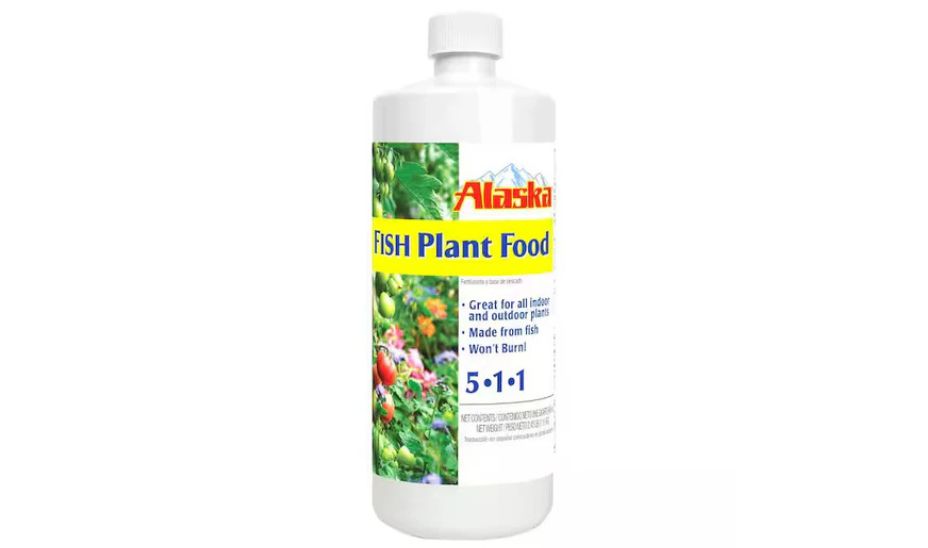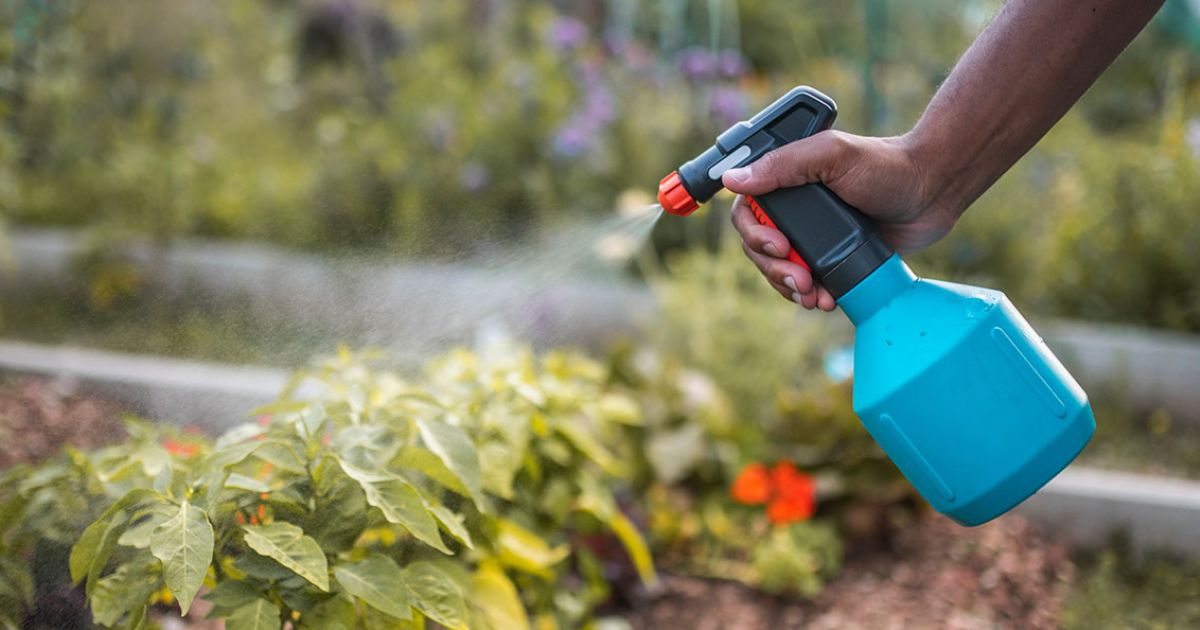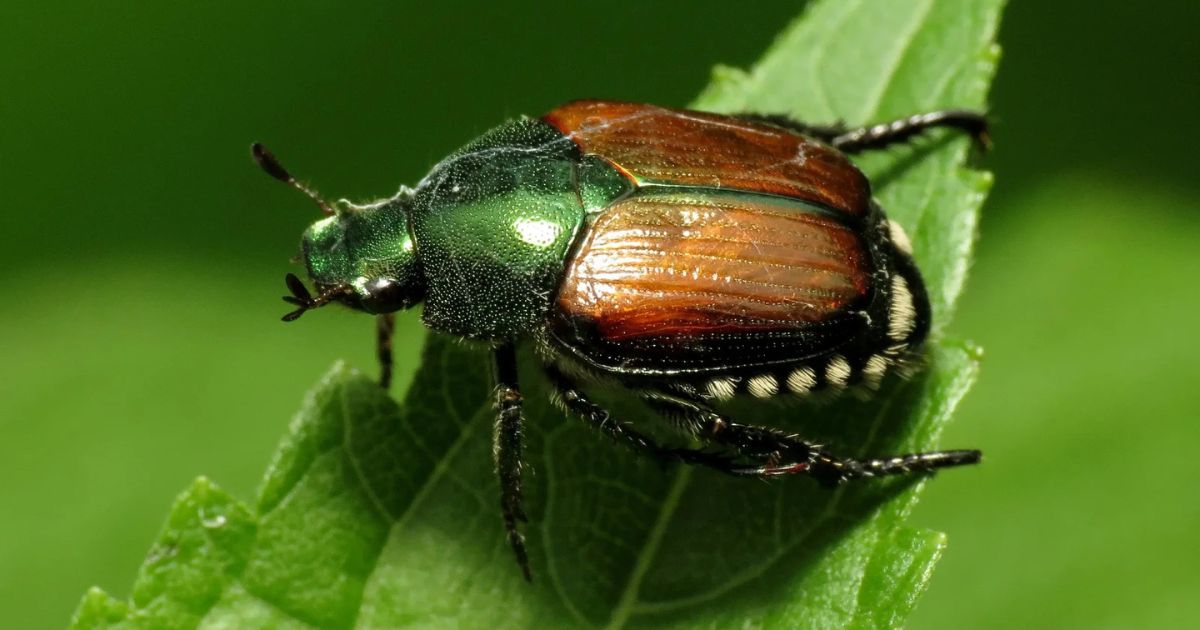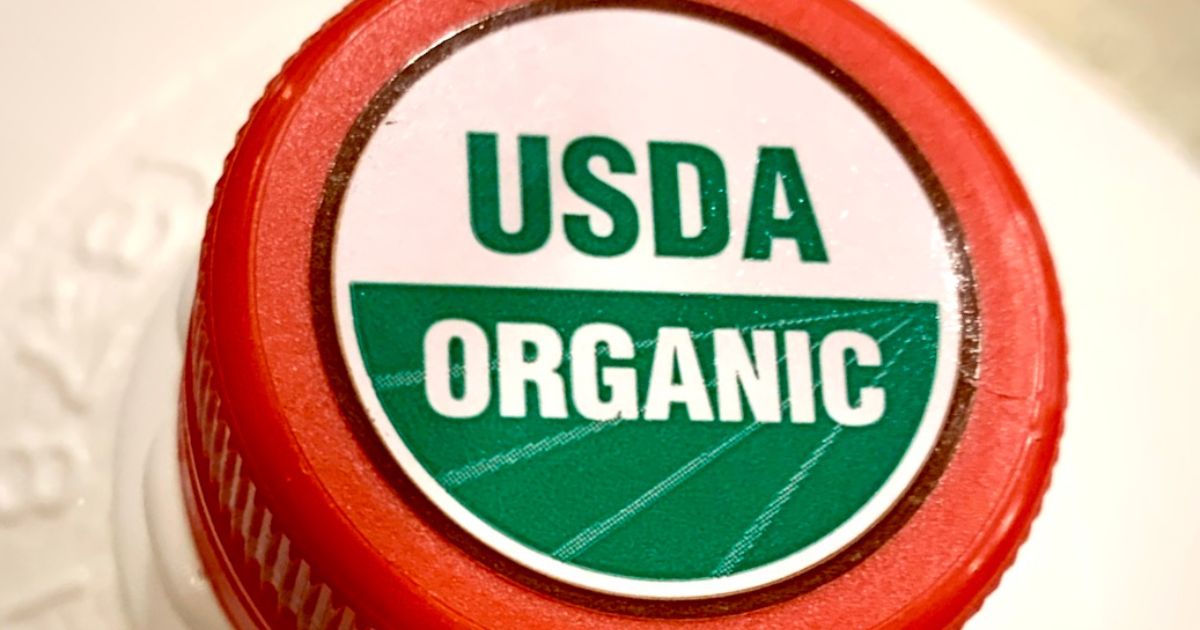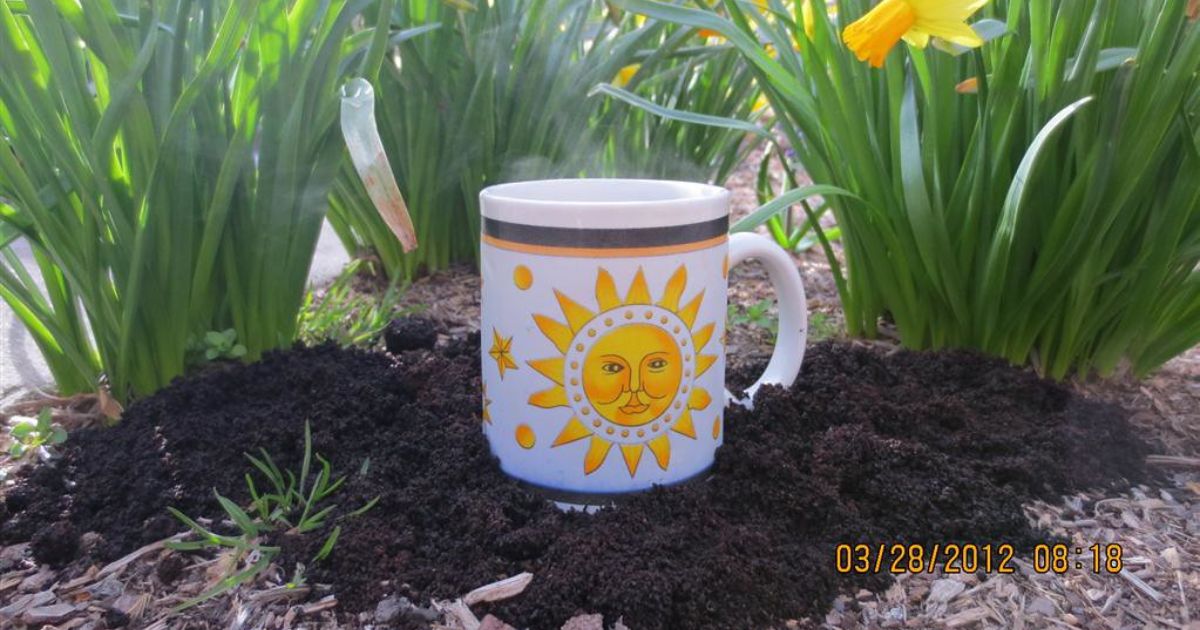
How to Use Coffee Grounds in Your Garden
Coffee grounds are a fantastic way to give your garden a little extra love! Whether you’re a coffee enthusiast or just looking for a natural way to keep your plants happy, these leftovers from your morning brew can work wonders. Let’s dive into some fun and easy ways to use coffee grounds to enhance your garden.
Perks of Coffee Grounds for Your Garden
- Natural Nutrient Boost: Coffee grounds are rich in nitrogen—like a mini energy drink for your plants! They also have small amounts of potassium, magnesium, and phosphorus for a well-rounded soil treat.
- Soil Texture Makeover: Mixing coffee grounds into your soil can make it lighter and fluffier—a big win for heavy, clay-packed soils.
- Earthworm Magnet: Earthworms absolutely love coffee grounds. These helpful critters will make your soil healthier and more fertile.
- Pest Protection: Coffee grounds can help keep slugs and snails away from your plants. Think of it as a gentle, natural shield for your garden.
Fun Ways to Use Coffee Grounds in Your Garden
-
As a Mulch
Spread a thin layer of coffee grounds around your plants as a mulch. Keep it light—too much can block air and water from getting to the soil. -
In Compost
Add coffee grounds to your compost bin as a “green” material rich in nitrogen. Pair it with “browns” like dry leaves or shredded paper for a balanced mix. -
Mix into Soil
Stir coffee grounds into your soil to improve its structure and give it a nutrient boost. Use about one part coffee grounds to three parts soil for the best results. -
Make Liquid Fertilizer
Create a gentle liquid fertilizer by soaking coffee grounds in water for 24 hours. Use this “coffee tea” to water your plants and watch them thrive. -
Special Treat for Acid-Lovers
Blueberries, azaleas, and hydrangeas adore slightly acidic soil. A sprinkle of coffee grounds around their base will make them extra happy.
Clearing Up Coffee Ground Myths
- Too Acidic? Nope!: Used coffee grounds are much less acidic than fresh ones. After brewing, they’re almost neutral, so they’re safe for most plants.
- Not a Magic Fertilizer: While coffee grounds provide nitrogen, they don’t have everything plants need. Use them with other fertilizers for a balanced approach.
- Avoid Overdoing It: Too many coffee grounds can compact the soil or make it overly acidic. Moderation is key.
Where to Find Coffee Grounds
- Your Kitchen: Save your own used coffee grounds instead of tossing them.
- Local Cafes: Many coffee shops are happy to give away used grounds for free—just ask nicely!
- Community Groups: Check online gardening forums or neighborhood groups for others sharing coffee grounds.
Final Thoughts
Coffee grounds are an easy, eco-friendly way to enrich your garden. With proper use, they can improve soil health, attract helpful earthworms, and keep pests at bay. Start experimenting with coffee grounds and watch your garden thrive—it’s a little caffeine boost for your plants and a lot of satisfaction for you!
